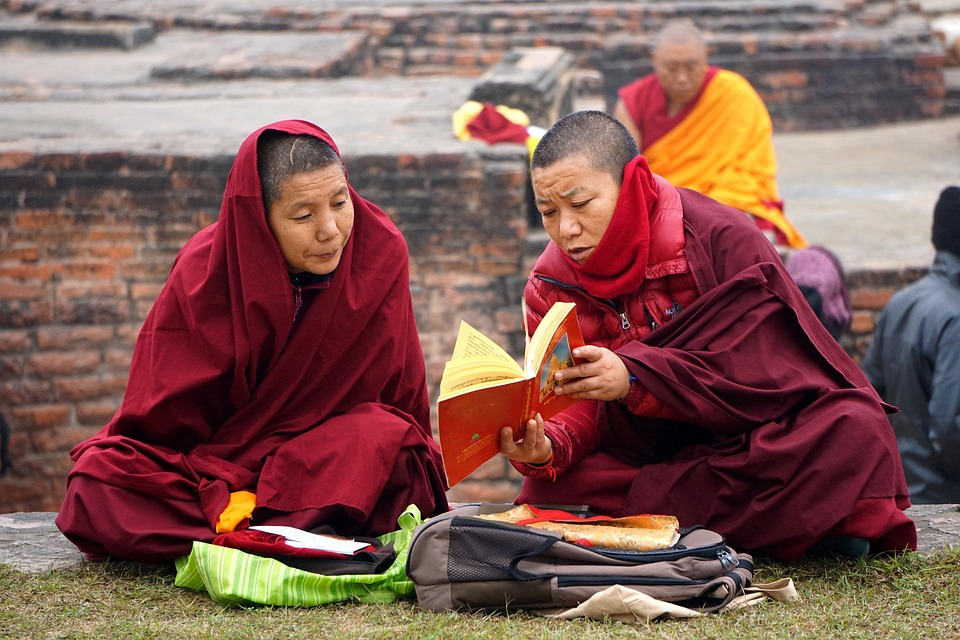Buddhism In China and All The Mysteries You Didn’t Know
According to statistics, China is the country with the highest Buddhist population in the world. Buddhism in China also strongly influences the religion and culture of many neighboring countries.
This article will cover some interesting points related to Chinese Buddhism, such as its history and primary schools. This information will surely interest those interested in Chinese Buddhism, history, and its influence.
What Is Chinese Buddhism?

Buddhism is the oldest religion in China. The origin of Buddhism is the Mahayana religion from the Kushan Empire. Through trade and spread, Buddhist teachings were able to extend to China.
The teachings of Mahayana Buddhism combined with Taoism. In this country, the Buddha’s teachings spread and became popular with neighboring countries.
The Chinese and Theravada Buddhism teachings have quite a few differences.
The Chinese consider the Buddha to be more than simply teaching philosophies to his followers. Buddha is also a god, listens to prayers, and can help.
The Buddha in Chinese Buddhism also has many differences compared to Central Asian Mahayana Buddhism.
According to the Chinese concept, Buddha was a vegetarian, meditating under the Bodhi tree for a long time to reach enlightenment. Therefore, the Buddha has a relatively thin and skeletal figure.
According to the Buddha statues carved along the Silk Road, the Buddha in Mahayana Buddhism was a robust person, like the gods in the Greek religion.
History of Buddhism in China
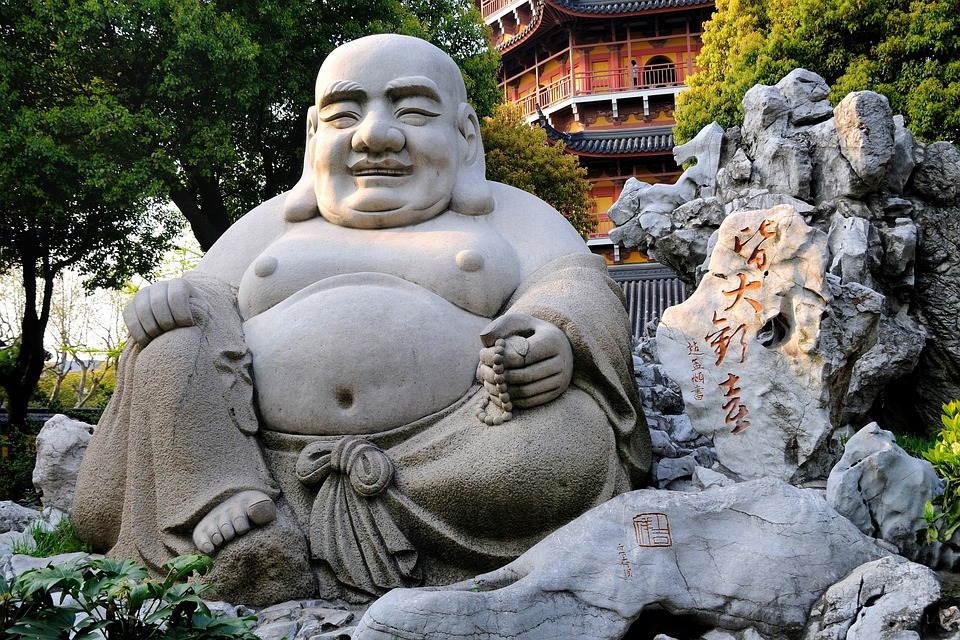
From the first century BC, stories about the life of the Buddha and the original teachings have appeared in Buddhist scriptures. According to these records, the Buddhist founder was Gautama Buddha, who lived from 600 to 400 BC.
The rules, philosophies, and teachings of the Buddha and his disciples were transmitted orally. In the second century B.C.E., the first Buddhist scriptures that compiled the monastic life and teachings were written.
The first sutras were sent to China through trade. About 2,000 years ago, Han Dynasty merchants, via the Silk Road, brought Buddhism from China to India.
During this period, Chinese thought was heavily influenced by Confucianism. Confucianism is more focused on morality and maintaining social order.
Buddhism has a difference and conflicts with Confucianism to emphasize the search for a reality beyond reality.
Although the Chinese people initially thought Confucianism was quite difficult to accept Buddhism, this religion gradually spread. As early as the 2nd century, there appeared in China translations of Buddhist scriptures.
Buddhism continued to flourish in subsequent periods. Chinese history records many cases where the Emperor, the old head of state, was a Buddhist.
For example, under Emperor Wu of the fourth century, there were more than 2,000 temples in southern China alone. Emperor Wu was also a Buddhist and always encouraged the construction of monasteries and pagodas.
Main Buddhism Schools in China
After thousands of years of being introduced to China, Buddhism in this country has been divided into many schools. Here are 4 powerful Buddhism schools.
1. Pure Land
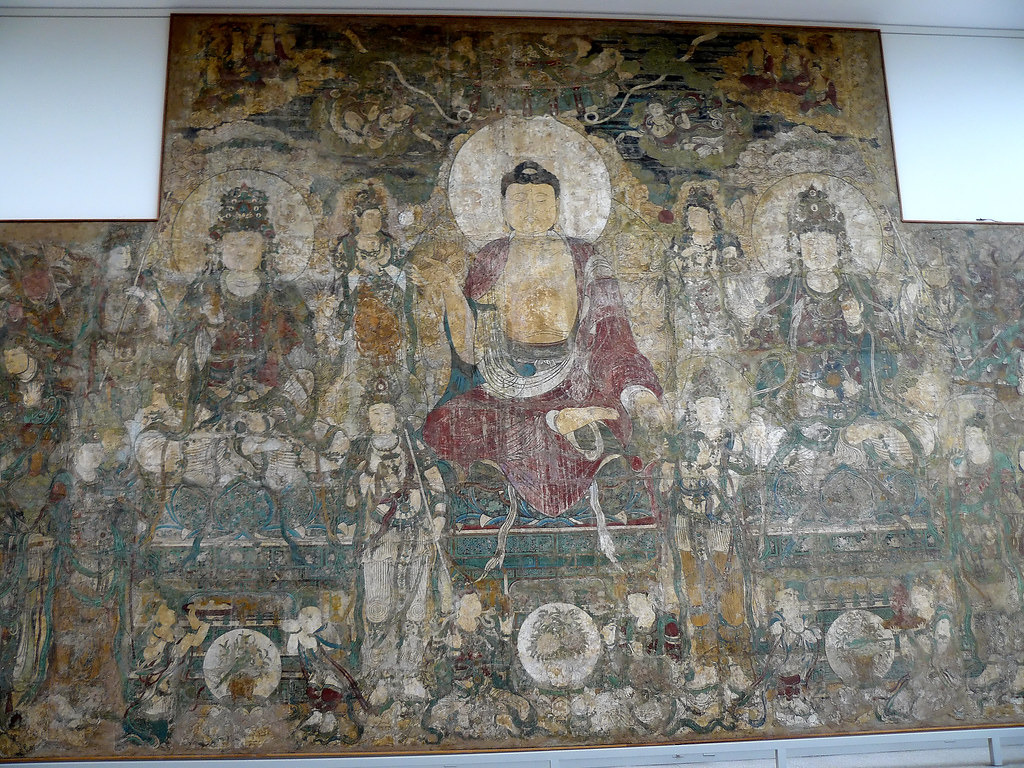
Pure Land is the oldest school of Buddhism in China. This school first appeared in 402 AD, when the monk Hui Yan founded the White Lotus Society in Southeast China.
Then, the White Lotus Society became the foundation for the Pure Land school. This school prays to Amitabha Buddha and hopes for salvation from him.
2. Chan
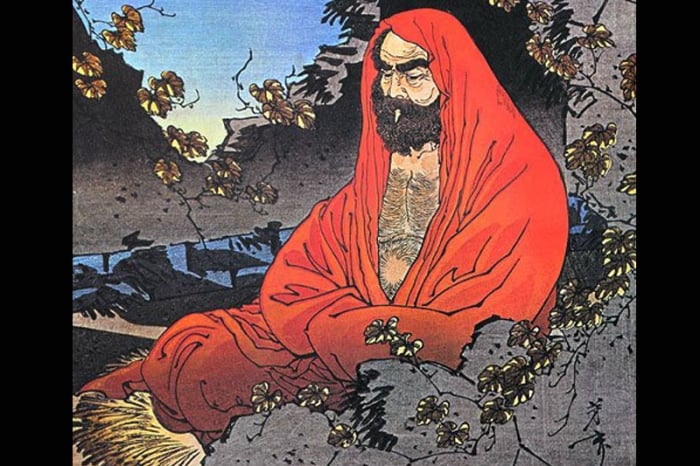
Chan is also a fairly old school in China. It was founded by the Indian monk Bodhidharma. He was the first to combine Indian Mahayana Buddhist philosophy with Shaolin teachings to found the Chan school.
3. Tiantai
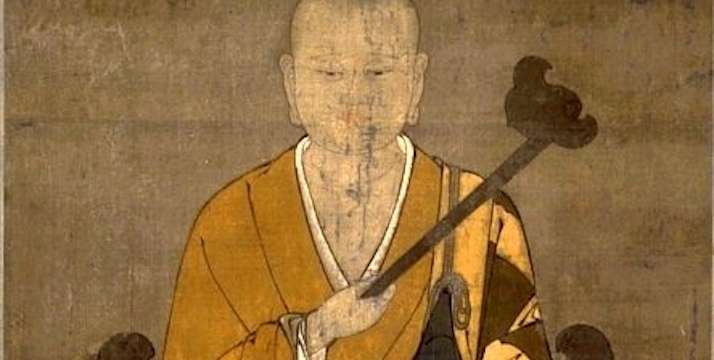
Tiantai is a school founded by monk Zhiyi. This school uses the Lotus Sutra. It is also a school that greatly influenced other Buddhist sects and philosophies.
Although there are more complex doctrines and commandments than other categories, believers often have strong beliefs in the creed they follow.
Tiantai also requires its followers to fast for more days of the year than usual, a distinctive feature of this Buddhism.
4. Huayan
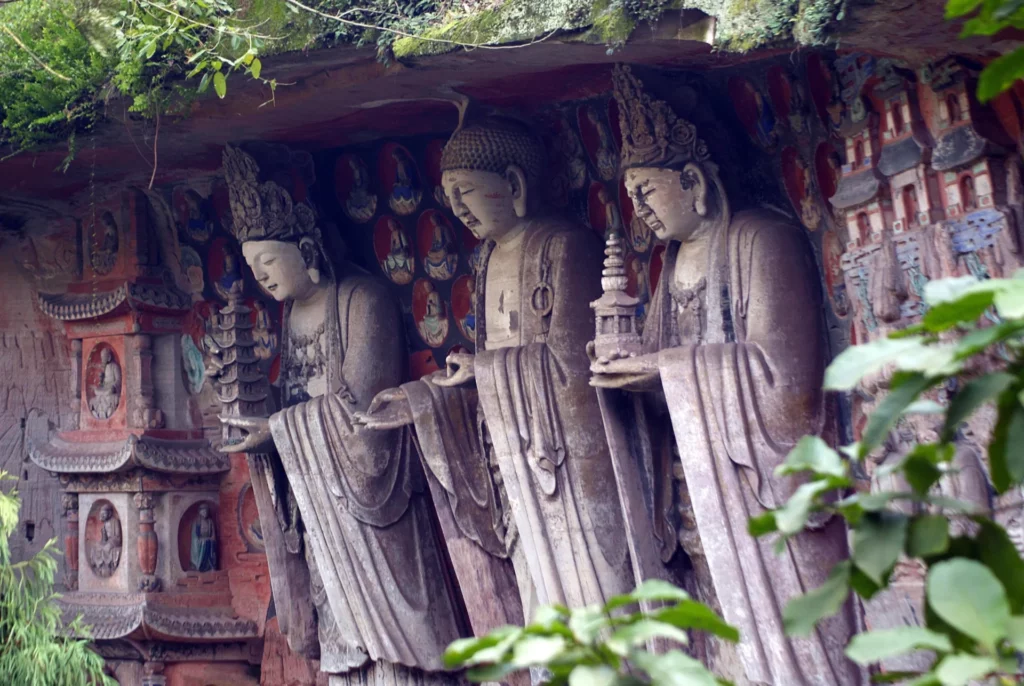
This school involves 5 monks, including Chih-Yen, Ch’eng-Kuan, Tu-Shun, Fa-Tsang, and Kuei-Feng Tsung-Mi.
There was a time when the Huayan school of Buddhism was in decline, even banned. Today, however, it still dramatically influences other Asian Buddhists.
Trusted Buddhist Websites In China
China is famous for many Buddhist places. These places have shown the strong influence of this religion on Chinese cultural life for many centuries.
1. Tibetan Buddhism Sites
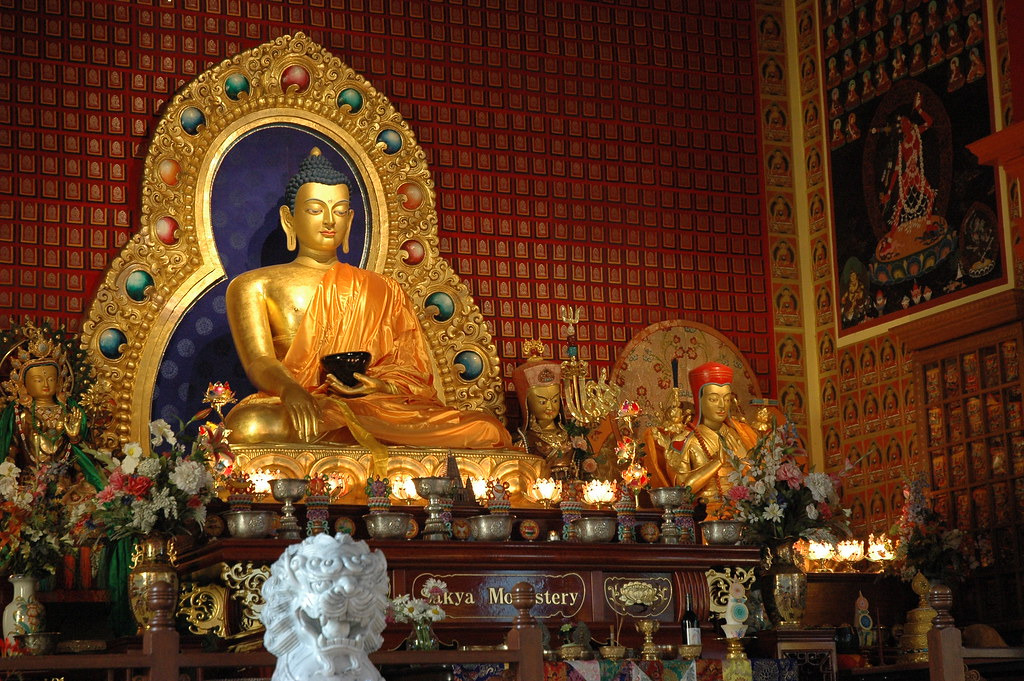
Tibetan Buddhism is a work that shows strong beliefs in Tibet. These attractions attract thousands of visitors every day. In particular, you can also encounter many sacred Tibetan mountains and lakes closely connected with religion.
2. The Three Pagodas

Three pagodas in Yunnan were more than 1,000 years old. At present, it is still a symbol of Yunnan culture. Anyone who wants to learn about Buddhism in this land or is interested in ancient history must take advantage of this stupa.
3. The Yungang Grottoes
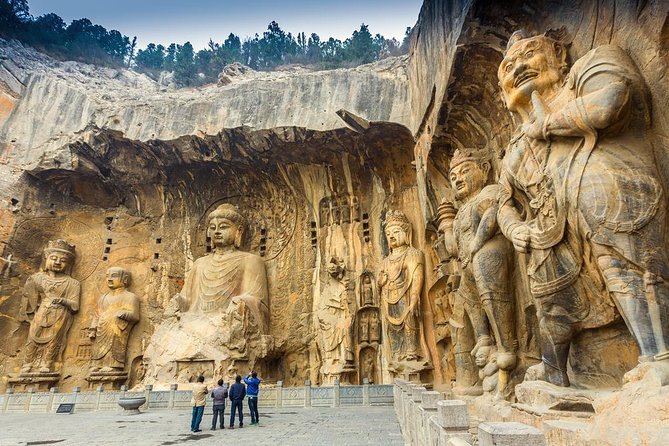
UNESCO recognized the Yungang caves as a world heritage site in 2001. In particular, this cave is more than a thousand niches spread throughout 252 caves and 51,000 Buddha statues.
It is home to China’s most significant number of ancient Buddhist statues.
4. The Mogao Grottoes
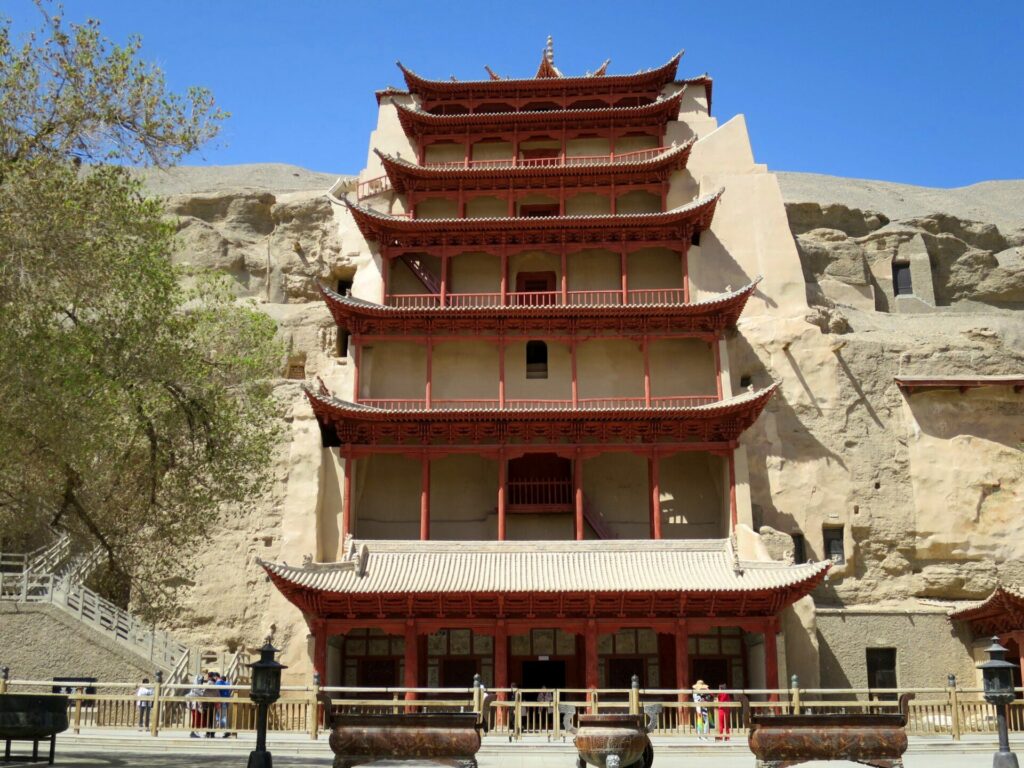
It took more than 1,000 years to create thousands of Buddha statues in more than 700 caves.
This work made Mogao the most significant Buddhist cave in the world. If you have the opportunity to visit the Silk Road or are interested in Buddhist relics, the Mogao Caves are a must-stop.
Conclusion
Buddhism is the most influential foreign religion in China. In history, there were times when Buddhism in China was in decline. In the present, this religion still holds an integral part of Chinese cultural identity.
Hopefully, this article is helpful for you to understand this famous religion better. Thank you for your interest in the article!

